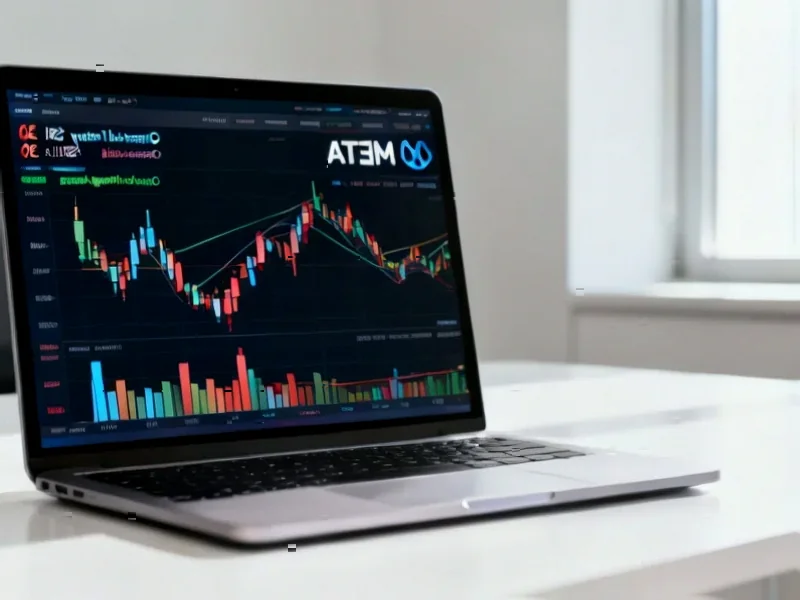According to PYMNTS.com, Walmart has partnered with lender Lendistry to embed business financing directly into its marketplace seller dashboards. Eligible sellers can now apply for working capital loans and lines of credit designed to fit their sales cycles without leaving the platform they already use daily. Lendistry CEO Everett K. Sands described the partnership as making capital access as integrated as the checkout button itself. The lender uses Walmart’s sales and performance data to understand merchant cash flows and dramatically reduce paperwork. Lendistry has deployed $10 billion in capital over its first decade and intends to more than double that total over the next 10 years through partnerships like this one.
<h2 id="small-business-reality-check”>The small business reality check
Here’s the thing about being a small business owner – you’re never just a business owner. Sands paints a brutally accurate picture: “She’s running her business nine to five, she’s running her family from five to nine, and then at 9 p.m. she’s got to get online and apply for a loan.” That’s when traditional support systems – CPAs, bankers – are completely unavailable. So you’re left filling out complicated forms when you should be resting, with nobody to guide you through the process.
This partnership fundamentally changes that dynamic by meeting merchants where they already are. Instead of forcing business owners to seek out lenders, the lender comes to them through a platform they already trust and use daily. It’s basically bringing back that community bank relationship where someone actually understands your business, just in a digital format.
Data changes everything
The real magic here isn’t just convenience – it’s the data. When Lendistry can see your actual Walmart sales performance in real time, the whole lending process transforms. “In lending, risk is really a math problem,” Sands says. “Sometimes we overcomplicate it with paperwork.” By connecting alternative data sources, they can trim down applications and actually understand your business as it operates today, not based on paperwork from six months ago.
And get this – the data insights sometimes help merchants recognize their own success. Sands mentioned telling businesses, “Hey, did you realize your revenue went up 15% last month? What did you do?” That’s valuable feedback most small businesses never get from traditional lenders. It turns the lender from just a capital provider into a growth partner.
Right capital at the right time
Sands has this great analogy: “A business is an organism. You wouldn’t wear the same clothes when you’re five years old, ten years old and fifty years old. Your capital is kind of like that.” That mindset is crucial because so many businesses get the wrong type of financing for their current stage.
Longer-term SBA loans for major purchases, shorter-term working capital for seasonal spikes – it’s about matching the loan structure to the business need. Many businesses don’t even realize SBA rules allow multiple smaller loans up to $5 million total, giving them flexibility as they grow. The goal is financial stability by matching revenue cycles with appropriate capital.
What this actually means for sellers
For the 100,000+ sellers on Walmart’s marketplace, this could be transformative. Imagine being able to secure working capital during your busy season without jumping through endless hoops. Or getting financing that actually understands your business rhythm rather than forcing you into a one-size-fits-all loan product.
The partnership represents a broader shift in small business lending. The consumer side of finance has been digitized for years – now the business side is catching up fast. As more platforms provide better data, lenders can meet borrowers where they are rather than making them come to traditional banking channels. For small business owners working late into the night, that’s not just convenient – it might be the difference between surviving and thriving.




